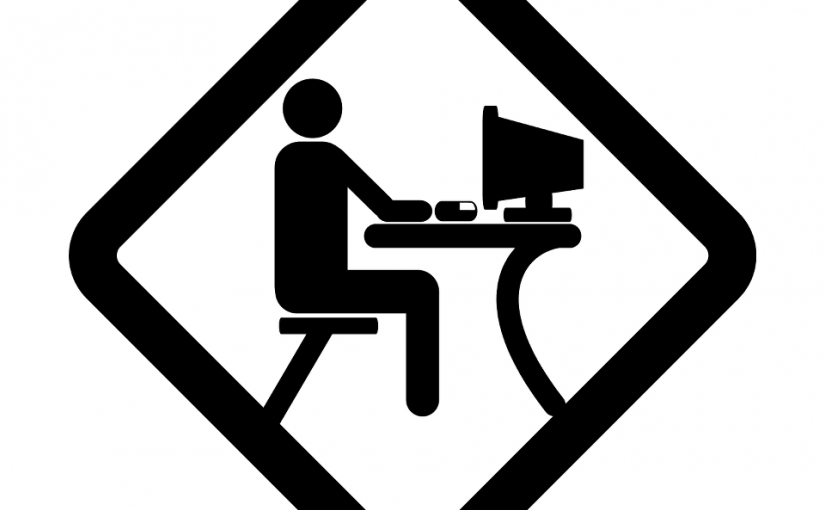Solution:
Note: Don’t use Safely Remove Hardware!!!
- Click Start, and then click on Computer.
- Right click on your Device Letter [ex: Kindle(G:)] and select Eject.
Did my solution solve your problem?
Solution:
Note: Don’t use Safely Remove Hardware!!!
Did my solution solve your problem?

Download Google USB Driver, run a text editor (like Notepad) “as Administrator” then open ‘android_winusb.inf’ file inside the USB driver folder. (The Google USB Driver is located in <android-sdk>extras\google\usb_driver\.)
Just add these new lines under [Google.NTx86] or [Google.NTamd64] (depending on whether you are using 32 bit or 64 bit Windows) and save it.
;Olipad 110 or Lifetab P9514 %SingleAdbInterface% = USB_Install, USBVID_0408&PID_B009&MI_01 %CompositeAdbInterface% = USB_Install, USBVID_0408&PID_B009&REV_9999&MI_01
Note:
USBVID_0408&PID_B009&REV_9999&MI_01
USBVID_0408&PID_B009&MI_01
are written in Device Manager, expand Unknow Device, right-click on FGx, Properties, Details tab, Hardware Ids property.
echo 0x408 >> "%USERPROFILE%\.android\adb_usb.ini"
Note: Just add new line with ‘0x408’ value the VID (Vendor ID) number (VID_0408) written like hexadecimal format into ‘adb_usb.ini’ file that is located in C:\Users\<username>\.android\
Now Google USB Driver are configured to support FGx hardware.
To be able to use adb and other SDK tools with your device, you can proceed as follows:
adb kill-server adb start-server adb devices
If you see your device name or a few numbers as the output under the list of devices, your device is now recognized by adb.
Did my solution solve your problem?